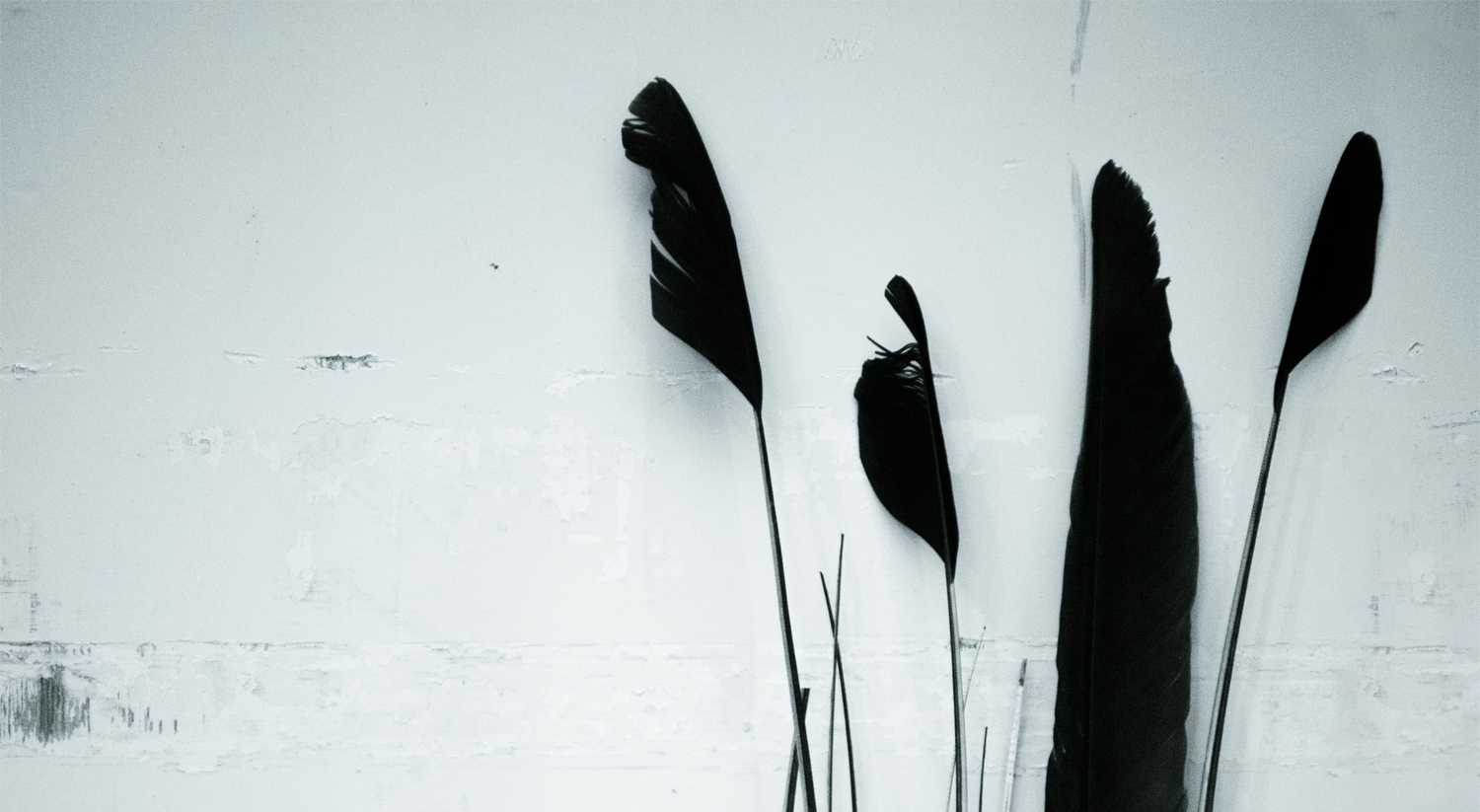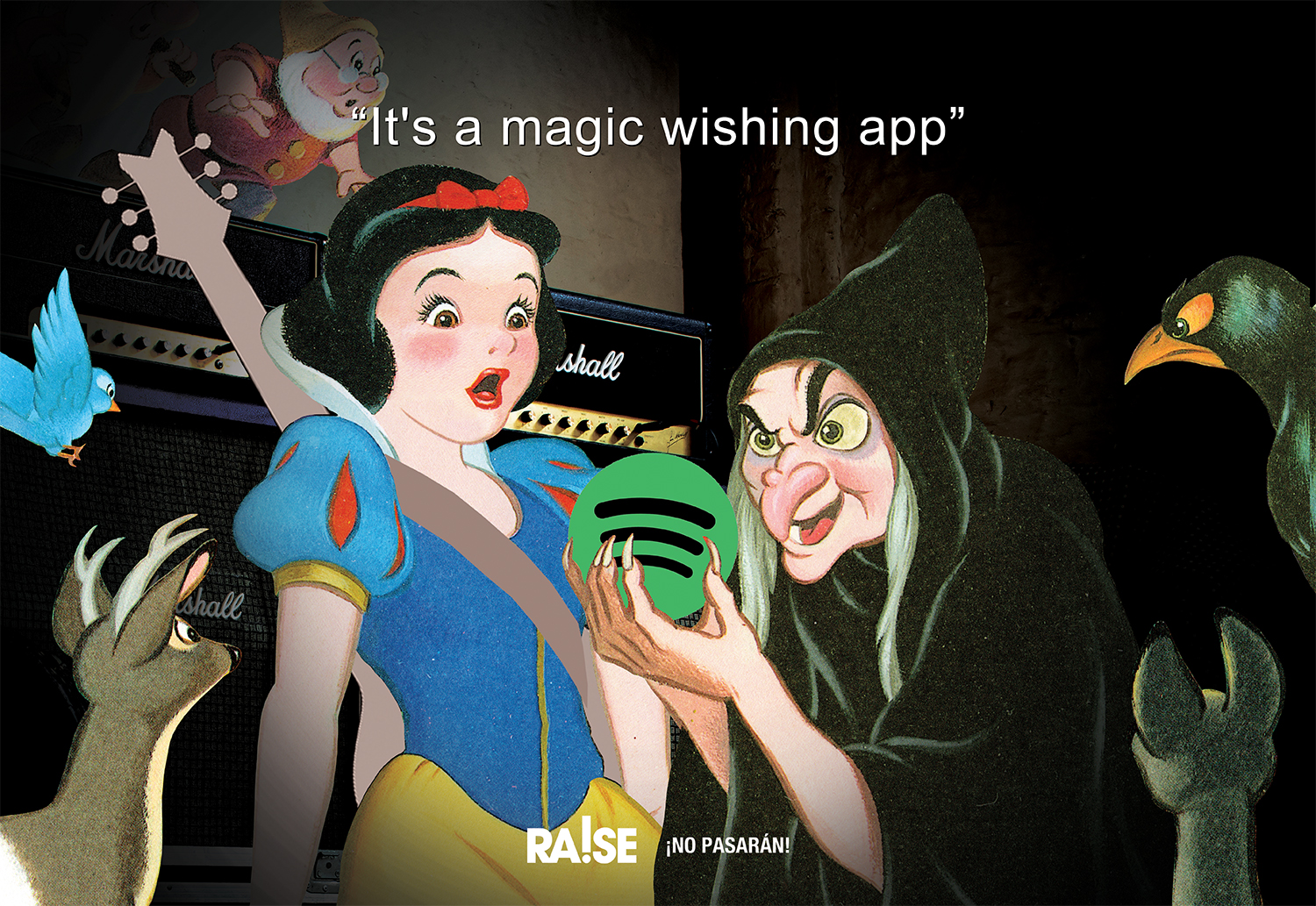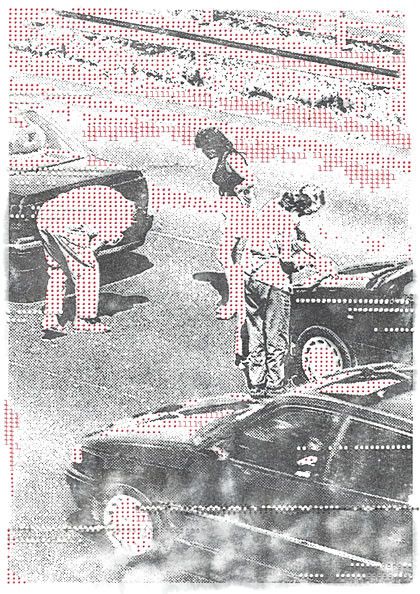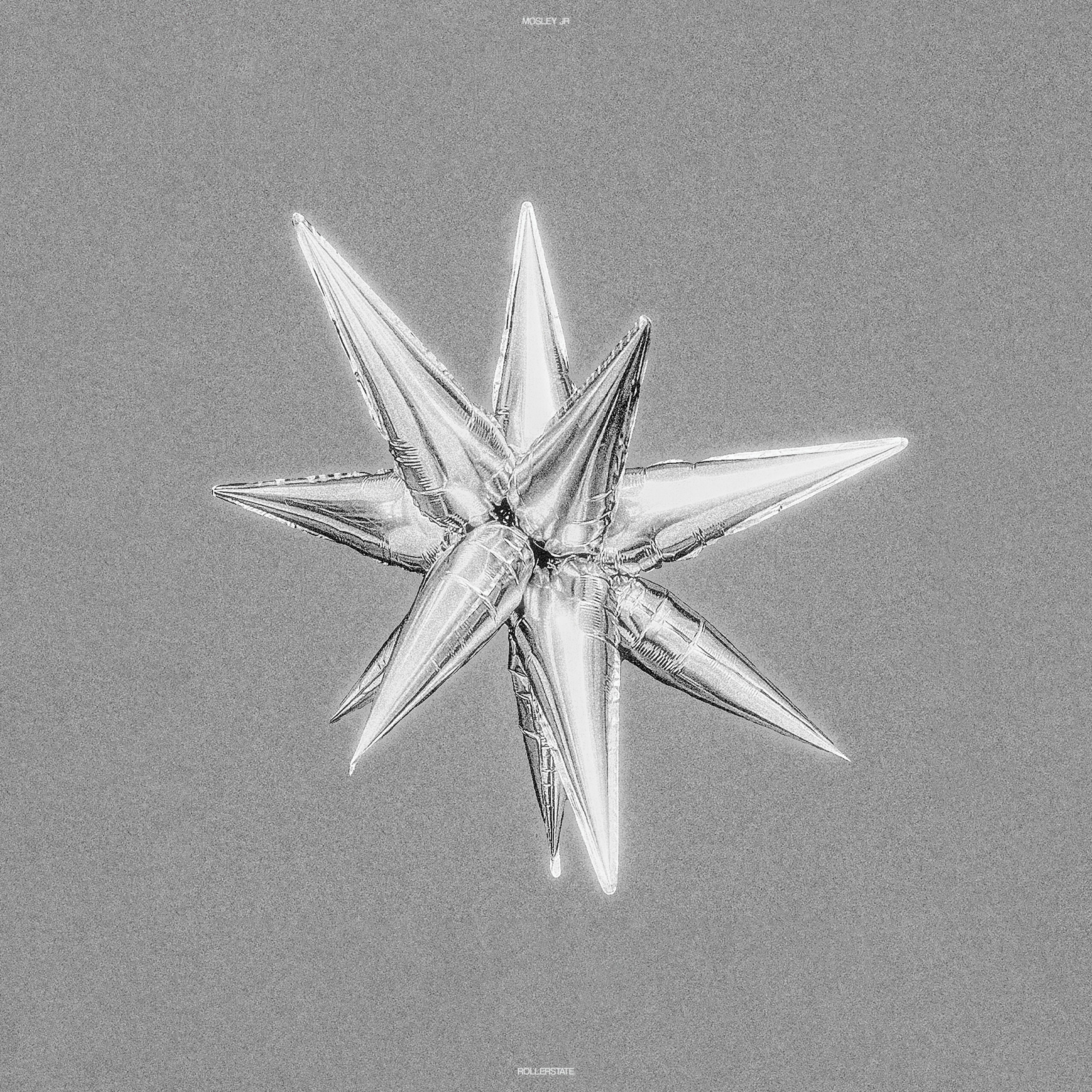Track By Track: Poppy Ackroyd – Feathers

Talented composer and performer Poppy Ackroyd is no stranger to these here pages as we premiered her track 'Salt' a little while back. Her recent album 'Feathers' is full of a number of right beauties that incorporate both Poppy's classical and electronic influences. We asked her to take us through the album, one track at a time, so that we can get our heads around exactly what these aural treats are made of;
Strata
The opening sequence of this piece began it's life as a collaboration between myself, choreographer Maite Delafin and dancer Tom Pritchard. For the original I was creating the music live on stage, with some of my movements having been choreographed to imitate and coincide with those of the dancer. I got to spend some time learning the basics of contemporary dance which greatly informed my playing technique – thinking about weight distribution, posture and commitment in movement amongst other things. This was a very enjoyable and interesting project for me and so I decided to create a version of the track for the album. It straight away took on a whole new feel, becoming somewhat lighter and more ethereal, even though it now has a more densely orchestrated overall texture than the original. The middle section seemed to write itself, I think it came together in just a few days which is unusual for me. Strata refers to the different layers that build up the track, and for this track the sounds are, apart from the low cello lines played by Su-a lee, only made from the piano and violin – piano riffs, high arpeggio riffs, layers of plucked inside piano, pizzicato and arco strings, violin harmonics, and many beats made form the frame of a grand piano. This was the first finished recorded track for the album and I always knew that it would be the opening statement.
Salt
This piece was written as a birthday present for my mother, although it took so long it was nearly 6 months late! I had so much fun with this track, arranging the violin pizzicato and percussive riffs at the start, and gradually building it into a more dense texture. The crescendo through the middle section is provided by a small indian harmonium, and the short, erratic and slightly repetitive piano riff that appears half way through it and continues to the end is played on an old Broadwood piano (1783) from the keyboard museum in Edinburgh, where I recorded a lot of sounds for the album. Due to the Broadwood's smaller, harder hammers, older strings and wooden frame, it has a very different tone to the modern piano and I like the contrast it provides when it comes in. The percussive sounds for this track are again created from the body of piano and the violin. I recorded two long tracks exploring different parts of both instruments and then picked different sounds for the different beats that run through the track.
Timeless
This track also began life as part of a collaboration, but it was originally scored for solo violin. It has taken quite a different turn after bringing the piano into the mix. I think this is my favourite track on the album. The original was written for a dance piece called 'Zeitlose'. The feeling of time, or timelessness is very present in the sound of the track. Written at 120bpm, there is a clear sound made to immitate the 'tick tock' of a clock on every second, made using fingernails on muted violin strings. The opening is a field recording of a wall clock. I start the track with the original recordings layered together, and then gradually it gets more chopped and edited to form a whirring beat that gradually becomes in time, and then continues and underpins the rest of the track. The middle section of this track is unusual for me. I normally am very precise about the timing and arrangement of sounds, but I really loved the messy freedom of the plucked inside piano notes that appear when everything else drops out. There is a slight feeling of choas at this point, after the very strict rhythms and feeling of time that come before it – it loses it's way, and then gradually gets it back again, as the texture builds towards the end.

Feathers
This was the first track I wrote for the new album and it kind of set the tone. The Emily Dickenson line – 'Hope is the thing with Feathers' resonated with me at this time. For the first time I felt very aware of the fragility of life, and the need for hope. I experienced friends and family, and also partners of my close friends, suffering from serious illness. It was heartbreaking. This track is about the feeling of knowing you are losing someone you love deeply. When creating the arrangement for the album I wanted to keep it simple, This was written as a solo piano piece, and is recorded in one take. It has a few different delay effects, and simple string arrangements. This was one of those tracks that was so close to me that I knew I could never finish it if i tried to take it somewhere else. I would keep tweaking indefinitely, so I decided to keep it as true to the original solo piano piece as I could. For that reason I think it stands out on the album which is what I wanted.
Roads
This track is about walking around a busy city at night, the field recordings are of the main road along the seafront in Brighton. The first version of this track was recorded with only inside piano broken chords, I then layered some high riffs using the keyboard, some bass and then the beat joined everything together. Whilst recording in the museum I started to improvise over the top of the track as it was then, with both harpsichord and clavichord, and this totally opened up the sound world. There is a lot of editing with the older keyboard sounds in this track, and a lot of panning. I really like the combination of the muted sound of the clavichord, against the resonant harpsichord, with the plucked piano strings. The ending high riff that comes in was an accident that happened very near the start of creating the track. I had chopped part of a high riff and moved it towards the end of the track. At the end of one recording session I had extended sections and changed the structure of the track so when i listened through the high riff came in randomly at the end It was like a sudden lightness had entered the track, I loved it and so it stayed.
Croft
This piece was written for a family member who passed away last year. He was a huge inspiration to me when I was very young, encouraging me not to restrict myself to classical music when I was studying the piano. He played jazz and old show tunes, and made the piano seem fun at times when I was sometimes struggling with challenging classical technique or repetoire, and needed motivation. I wrote the first draft of this piece the morning I heard the news. The opening statement is almost exactly as I wrote it then, however now it also has some simple violin lines. The next section veers slightly away from the original, and intentionally it does not sound particularly sad – I wanted to capture his character, rather than dwelling on my own feelings at this time. The high percussive note that comes in just before the beat is made by hitting the muted part of the strings on a spinet. The deep 'kick drum' sound is made by quite firmly pressing a foot pedal on an English Broadwood harpsichord (again 1783) that activates shutters on the top of the instrument. This track also features the Indian harmonium, however it blends with the strings in the texture due to the nature of their sound.
Taskin
This was the last track I wrote for the album. My original intention was to only use sounds from the stunning Taskin/Goermans harpsichord in the museum, and I almost succeeded. There are a few high piano notes, and a few samples of brushed sound boards from other instruments, but apart from that, every layer, texture and beat is from the harpsichord itself. A few years ago, I used to take part in a little challenge with some friends called '10 song Sunday'. The idea is you each get up in your own house on a Sunday at 8am, and you have until 8pm that day to write and record 10 songs. At 8pm you have to stop, buy a bottle of red wine and then meet everyone else. We would then spend the evening at one of our houses, listening to the albums, talking about them and drinking lots of wine! It was a great way of generate material and try new things out amongst friends. There was no judging, it was a place you could play anything at all. On one of the days in the museum I challenged myself to create 10 songs, each using only one instrument. Taskin was the only one of those tracks that made it on to the album, but many of the other tracks that didn't supplied percussive and melodic sounds for the rest of the tracks that did.

Birdwoman
The track opens with a few sounds made from the insides and frames of the instruments in the museum – harpsichord, clavichord and spinet – with some effects, delay and reverse delay. You can hear that these recordings are not from a modern piano, there is a very 'woody' and more fragile sound to them. The waves you hear, against the main melody and violin harmonics, are from Brighton beach, where I moved in the last few months of writing the album – at points you can hear my footsteps on the shingle. This track began life as the soundtrack to a silent film by Kate MacKay, and was solo piano only. I still perform it live in a similar way to the original, but the album features a new and reworked version, taking the main themes, but no longer being influenced by the structure of the moving images.
Poppy Ackroyd's album 'Feathers' is out now.
(Photos – Kat Gollock)

















Must Reads
David Holmes – Humanity As An Act Of Resistance in three chapters
As a nation, the Irish have always had a profound relationship with the people of Palestine
Rotterdam – A City which Bounces Back
The Dutch city is in a state of constant revival
Going Remote.
Home swapping as a lifestyle choice
Trending track
Vels d’Èter
Glass Isle
Shop NowDreaming
Timothy Clerkin
Shop Now